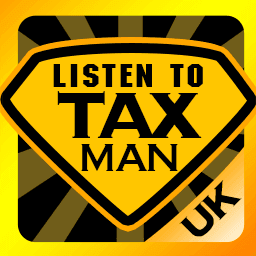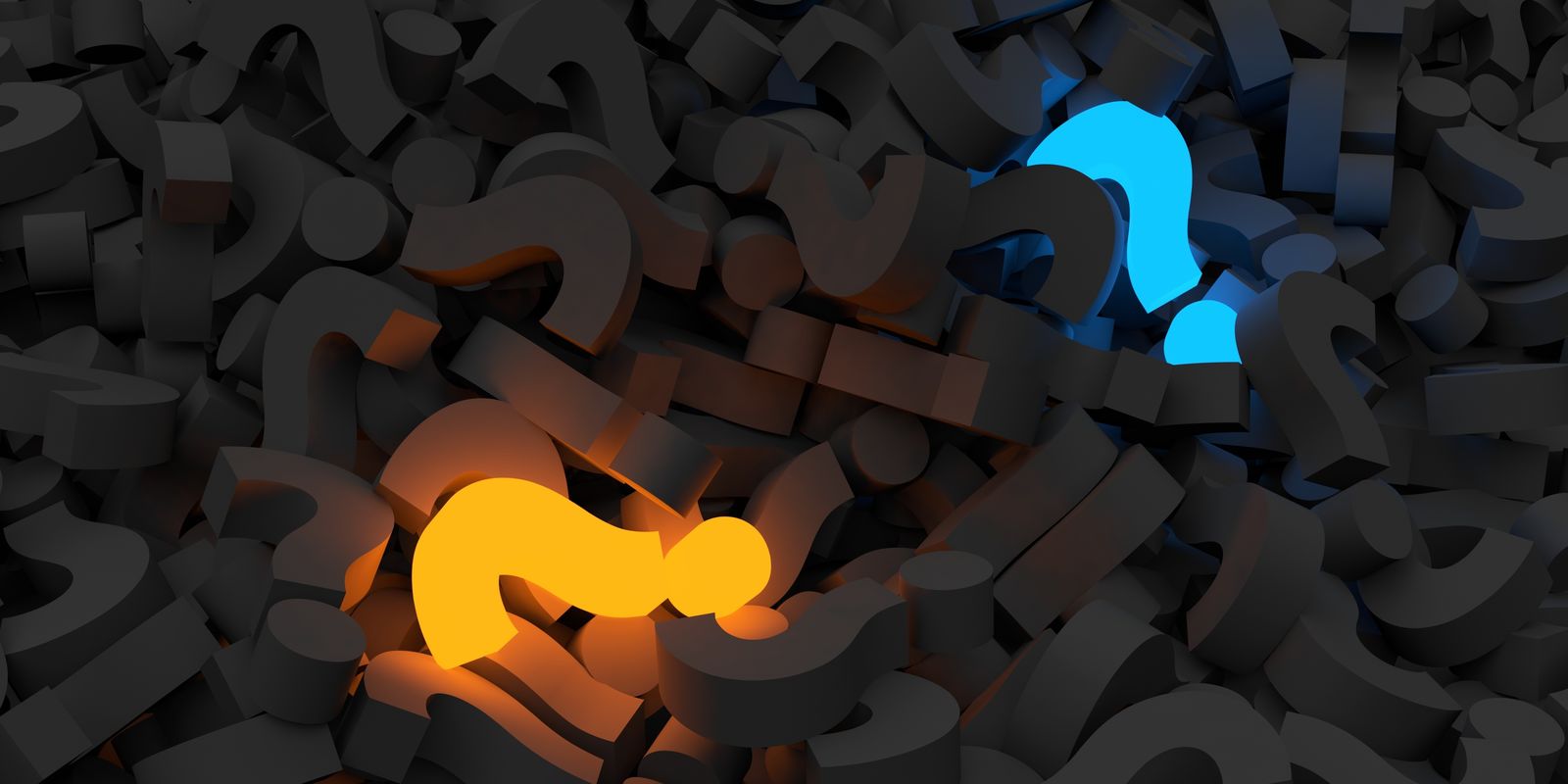Top tips on DIY self-assessment tax returns
*Please note the information in this article may be out of date
Some people are put off producing their own tax return – keeping up on the latest tax legislation, completing the necessary forms and recording expenses can all feel a bit of a bind. If this is you, then taking the DIY approach can be much easier than you might think, and you can save on around £250 (the average cost an accountant charges for a basic tax return) by doing it yourself. To help you get started, follow these top tips on filing your tax self-assessment:
Thu, 14 Dec 20171. Stamp out missed allowances
It’s easy to lose track of your outgoings. However, if you want to minimise your tax bill, it’s vital to keep a record of all eligible tax expenses. Materials, tools, business mileage and working from home are just some of the expenses you could claim back against.
2. Store your receipts digitally
Monitoring your expenses is much easier when you have the right tools for the job. By going digital with your receipts, you can record your purchases in a single place, eliminating the risk of losing or forgetting about your paperwork.
Some mobile apps like SimpleTax allow you to take a picture of your receipt and upload it straight to your tax return. So, when you’re popping into your local trade supplier, you can instantly log expenses on the go.
3. Complete your return online
If you still use paper forms to complete your self-assessment, it’s time to switch to online submissions. The government will be phasing out physical returns in 2018, but you stand to benefit from making the transition sooner rather than later.
While the deadline for paper tax returns is the 31st October, online returns don’t have to be submitted until the 31st January, giving you more time to set your finances in order. It also saves postage fees and offers a more convenient way to complete your form.
4. Cut out complicated jargon
The paper return, online assistance and jargon used by HMRC can all add to the confusion of the self-assessment return. It’s understandable why many turn to accountants and tax experts. Applicable allowances and tax breaks are hidden under a cloud of confusion too, and in most instances, you need to be a tax expert to unravel what you are allowed.
There are a number of advice websites that can guide you through the jargon, and software such as SimpleTax, provides prompts and assistance throughout the calculation of your return.

 Our Favourite Tax App?
Our Favourite Tax App?
It's Simple
ListenToTaxman has teamed up with GoSimpleTax, online Self Assessment software to bring you, what in our view, is the easiest way of calculating and submitting your tax return we’ve seen so far.
Key in your income and expenses into the software, and it will flag up any unclaimed allowances. Simple. Once you’re comfortable with the information you’ve entered, simply submit via the software to HMRC. You’ll just need your Unique Tax Reference Number (UTR) found on most tax correspondence. GoSimpleTax software is free to try. If you don’t think it’s right for you - don’t pay anything. If you do choose to submit your tax information via the software, then you will pay £54.99 for an individual return – multiple returns and Parnerships are available too!
